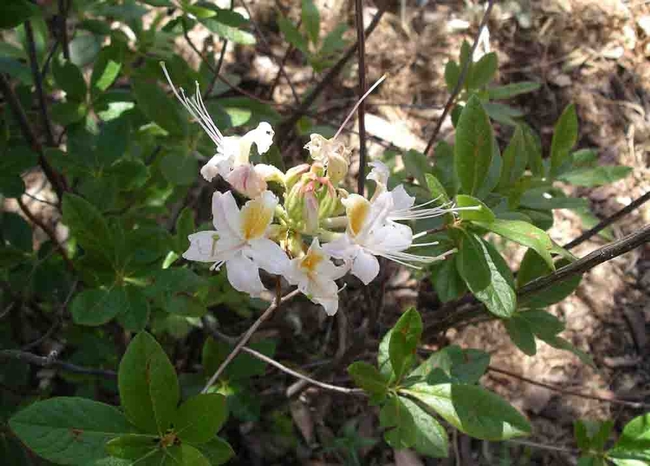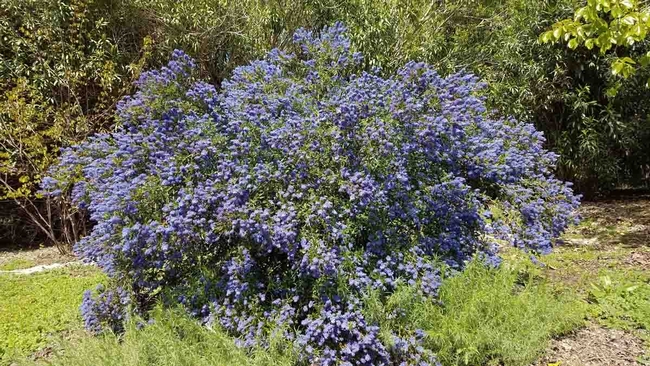The devastating Camp Fire of 2018, along with the numerous fires North State residents have experienced since then, have led many of us to focus on creating a defensible fire-resistant landscape around our homes. As noted in this column last Friday, the key to establishing defensible space is to utilize plants that are fire resistant and judiciously space them both horizontally and vertically.
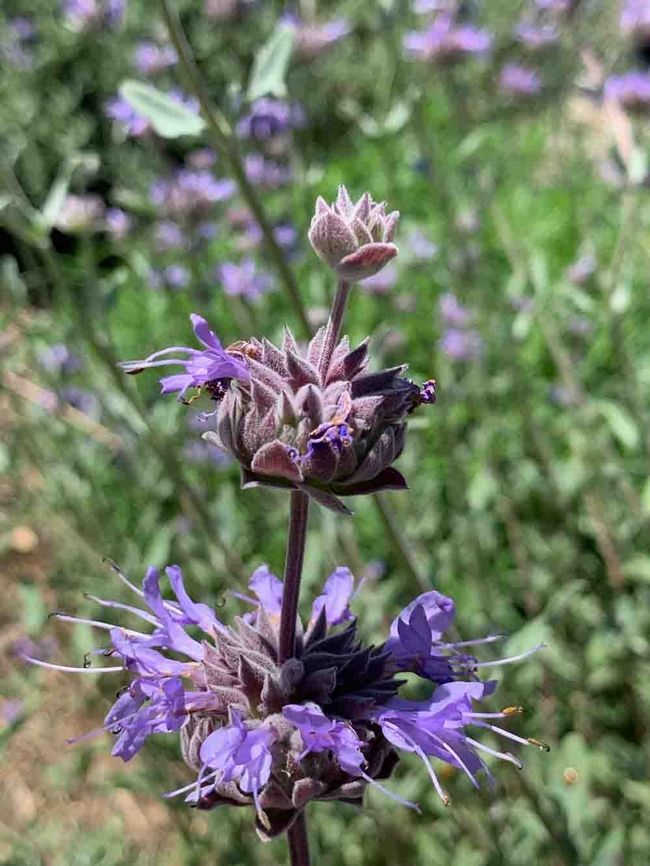
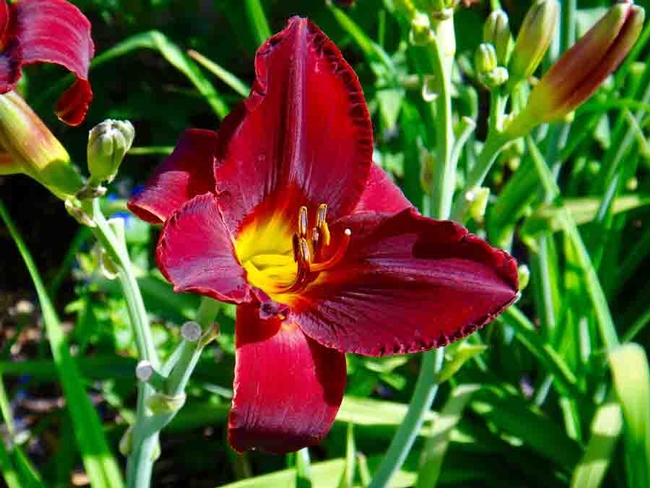
Shrubs that are fire resistant include ceanothus, butterfly bush, spirea, rose of Sharon, Oregon grape, lilac, mock orange, potentilla, forsythia, cotoneaster, island bush poppy, currants, camellia, azalea, monkey flower and viburnum. Aloe and other succulents are generally considered fire-resistant but avoid succulents such as ice plant that produce mats of flammable dry material.
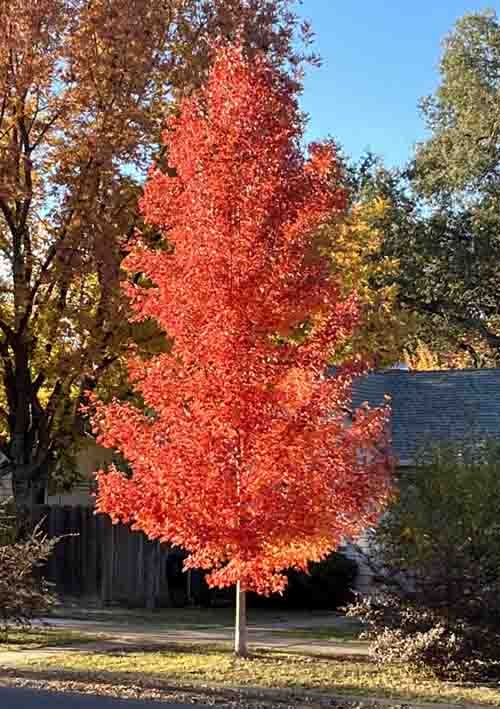
Choose deciduous trees such as maples, oaks, sweet gum (liquidambar), locust, redbud, dogwood, ash, toyon, and smoke tree. Citrus and deciduous fruit trees such as cherry, peach and plum are fire resistant. Although most conifers are highly flammable, redwoods are the exception to the rule and are a desirable tree in a firewise landscape.
Highly flammable plants often have an excess of fine dry or dead material and contain volatile waxes, terpenes, or oils. Their sap is gummy or resinous and aromatic. They may have loose, papery bark as well. Examples of flammable plants are sagebrush, conifers (cedar, pine, juniper, fir, Italian cypress), broom, rosemary, eucalyptus, palms, feather and fountain grasses and dry annual grasses. These plants should be avoided when planning a firewise landscape; if they already exist in a landscape, consideration should be given to removing them.
For more information on creating fire resistant landscapes, see the Firewise Landscaping section of our website. For more information on creating fire resistant landscapes, attend our Firewise Gardening workshop on May 2, 2024, part of the Master Gardeners' current Spring Workshop Series. For information about all the workshops, and to register, visit our website. All workshops are free, but registration is required. There is plenty to choose from workshop-wise this month and next: In addition to Firewise Gardening, topics covered include composting, native bees, pest management, weed identification, and California native plants.
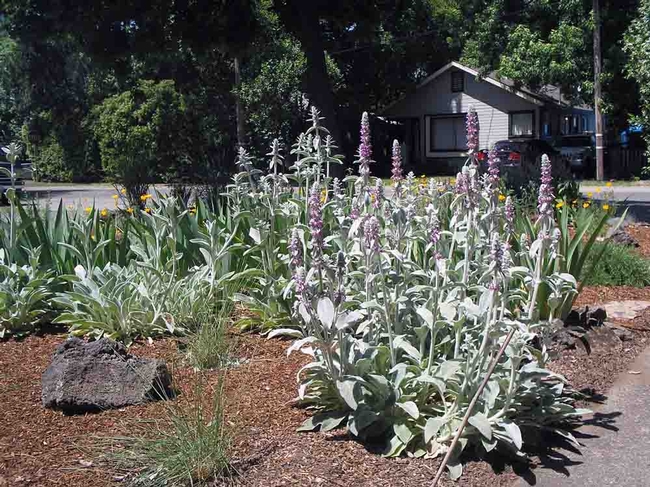
UC Master Gardeners of Butte County are part of the University of California Cooperative Extension (UCCE) system. To learn more about us and our upcoming events, and for help with gardening in our area visit our website. If you have a gardening question or problem, email the Hotline at mgbutte@ucanr.edu or leave a phone message on our Hotline at 530-552-5812. To speak to a Master Gardener about a gardening issue, or to drop by the MG office during Hotline hours, see the most current information on our Ask Us section of our website.
